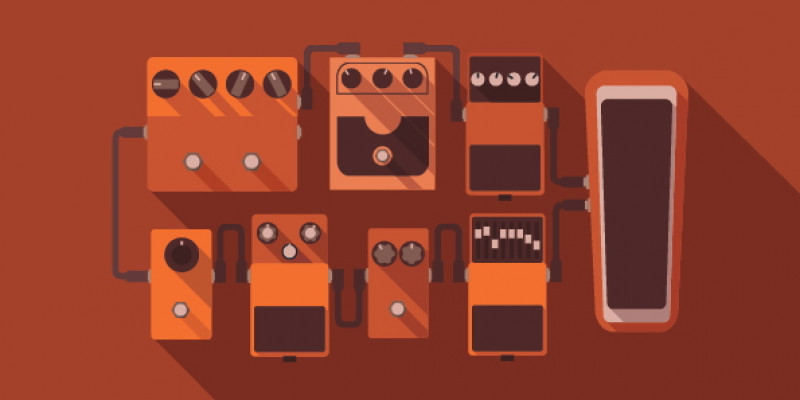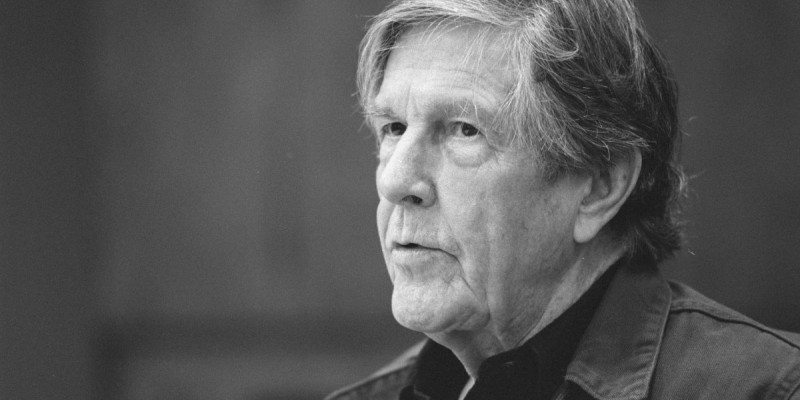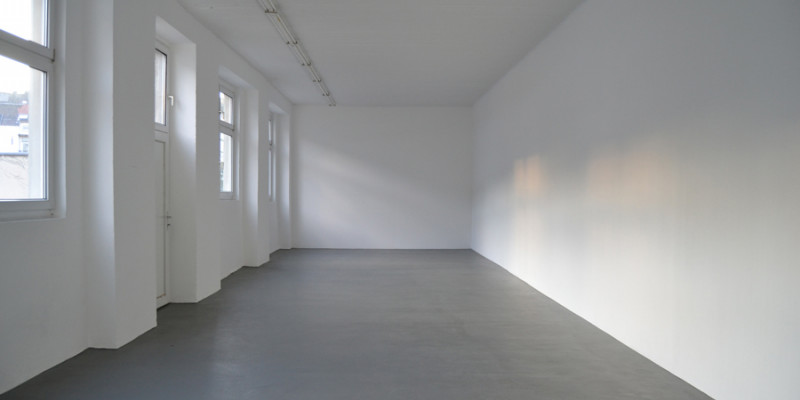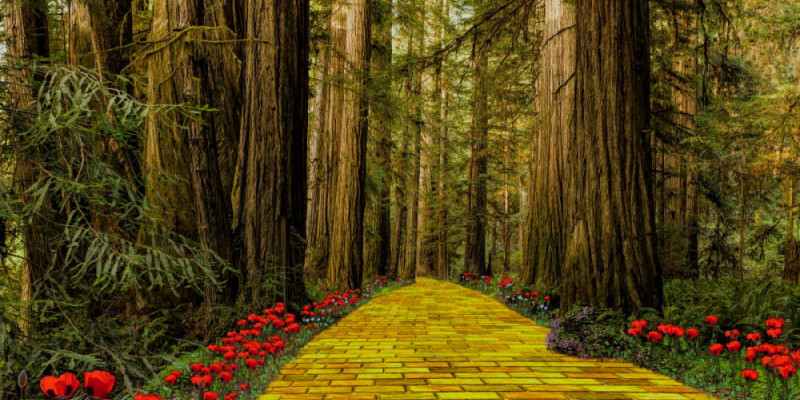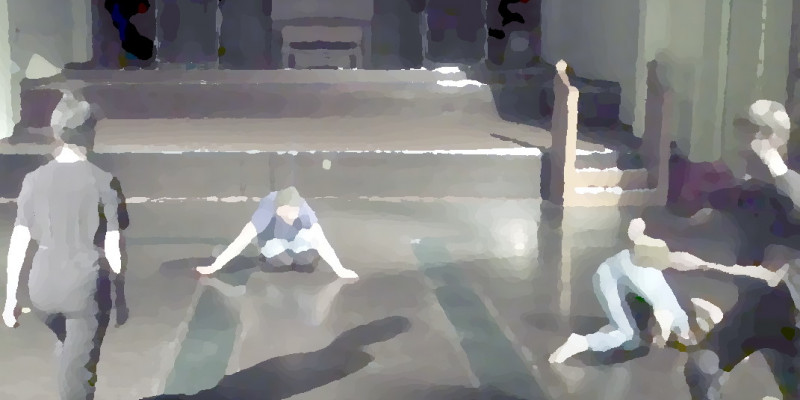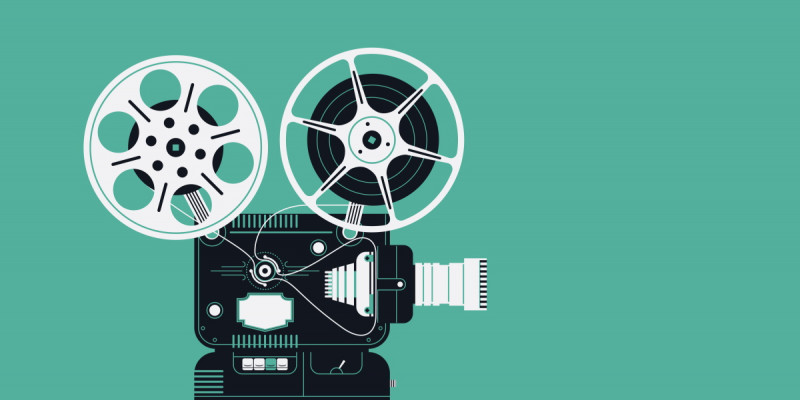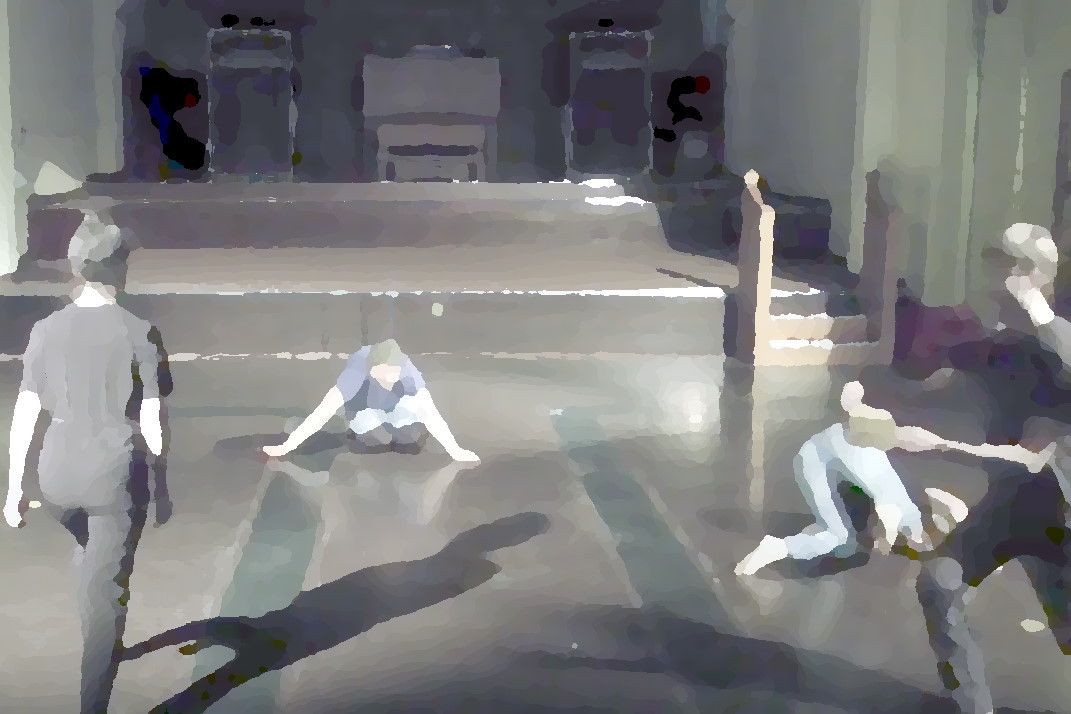
Confronting embodied knowledge
Abstract
In this paper, I propose a methodology of working with embodied sound and movement as an approach to creating open score pieces. These reflections follow the result of lab sessions which happened throughout 2017-19 at the University of Huddersfield where I re-inserted myself in performative situations in the project with artists-researchers from music and theatre departments. Our lab session research was focused on how practitioners from both disciplines respond, influence, and react to each other’s sound or movement.
My initial reflections at the beginning of this research on listening, perceiving, and reacting as related to sensing in the moment of an open score improvisation became anchored in Deleuze’s proposal on affect, percept, and concept. It is “packets of sensations” (Deleuze 1995, p. 137) that drive our embodied interactions without any moment for reflection that listening and perceiving normally provides.
1. Introduction
The reflections on sensing follow lab sessions which happened throughout 2017-19 at the University of Huddersfield where I was, at the time, completing my PhD in music composition.
In these sessions, I started to re-insert myself in performative situations in a project with artists-researchers from the departments of music and theatre. Together we comprised of two musicians and two actors. The lab sessions focused on how practitioners from both disciplines respond, influence, and react to the sound and movement of one another in space. Throughout the lab sessions we looked at the possibility of recalling initially improvised movements and sounds in order to generate new instances of an open score work. The following aims emerged from these sessions:
- Could we create a repeatable experimental open work through an embodied improvised process, allowing new embodied instances of sound and movement at each performance?
- Can we easily perform in a new venue, without fixing our work in scores and plans?
- Could this embodied knowledge serve a wider experimental need to be used in other experiments/artworks?
2. Background
In my research, I have been investigation composition with physical gesture and interdisciplinarity that arises from composing with gestures. In my work, producing new forms of knowledge takes place through embodiment. For me, embodiment is a technique of playing an instrument or a character, and a practice where new instances of embodiment are generated through cross-modal associations from a performer’s interpretation of audio or video documents.
I call such instances of new knowledge “imaginary gestures”. The latter definition of embodiment relates directly to Ben Spatz’s What a Body Can Do (2015), in which technique that anyone’s body acquires are treated as knowledge, and practice is treated as research that one engages with in order to gain insight into new embodied knowledge. Through this practice, as a research project I was able to test the agonistic aspect of interdisciplinarity referred to by Georgina Born:
[With] the agonistic-antagonistic mode we highlight how this kind of interdisciplinary practice stems from a commitment or desire to contest or transcend the given epistemological and ontological foundations of historical disciplines – a move that makes the new interdiscipline irreducible to its ‘antecedent disciplines’. (Born 2010, p. 211)
In my work, I attempt to use the agonistic-antagonistic mode to move towards a new interdiscipline which involves the visual in addition to oral senses of the audience, thus contributing to the multimediality of the music performance. My previous research on imaginary gestures, in which embodied movement was derived from listening and reacting to different sound files with musicians of the Quasar Saxophone Quartet (Moroz 2017), served as an impetus for this research.
This research was conducted in combination with theatre researchers for whom embodiment as theatrical practice came from a post-Grotowski lineage of physical theatre. It is relevant to notice that the theatre researchers helped in the dislocation of discipline-specific boundaries, since their techniques and practices spilled into the workflow of our lab sessions and extended the boundaries of the open work.
In this research project I also became a performer myself, having to experience the entanglement of personal reflections, perceptions, and reactions to sound and movement from myself and other participants, both as a composer and performer. This meant that I could not guide the process as an outside observer or a composer, as I had done in a work for saxophone quartet with Quasar Saxophone Quartet called On Fragments (ibid.). Thus, I was engaging with my phenomenological reflections as a performer while reacting in an improvisation, as described by Susan Kozel in The Virtual and the Physical: A Phenomenological Approach to Performance Research:
I touch the world, certainly I do when I handle materials in the creative process, and these materials touch me back, challenging my autonomous role as creator of knowledge and bestower of meaning. I am quite literally caught up in the flesh of the world. (Kozel 2011, p. 206)
3. The process
From the beginning we chose the initial structure to be an open session, like in the post-Grotowski practice where the emphasis is on embodied research as part of a lab environment (Grotowski 2012, p. 15). Another aspect from the discipline of theatre that spilled into our workflow was the emphasis on using voice to uncover instances of embodiment that theatre researchers Ilona Krawczyk and Cristina Fuentes were familiar with.
In addition, the musicians, Colin Frank and myself, were open to a lot of different types of improvisation because of our previous background in musical improvisation and interdisciplinary collaborations. Thus, improvising with our bodies as well seemed natural and normal.
New instances of embodiment that we learned in the lab sessions were discovered through improvisation in pairs. This led to an easily repeatable technique where one member of the pair leads the other through sound (leading movement), or through movement (leading sound). Three main instances of repeatable movement and sound combinations emerged:
- Linear movement: accompanied by percussive sounds with linear square-like movements in space where pairings of performers are initially observed (Excerpt 1).
- Stretched out vocal section with high leaps, accompanied by slow movement, and where cymbal is usually used somewhere in the performance space (Excerpt 2).
- Circular movements: which could be carried out in pairs in which members alternate leadership roles between pairs where sound leads movement and vice versa (Excerpt 3).
Excerpt 1. Linear movement. © Solomiya Moroz
Excerpt 2. Voices. © Solomiya Moroz
Excerpt 3. Circular movements. © Solomiya Moroz
A useful tool in our lab sessions became video documentation with a camera in a fixed position. In Motion Studies, video documentation became a supplement for reflection and further composition. Another useful tool was reflection on the phenomenological presence of oneself during the improvisation in discussion with the other participants.
During the discussions we recorded our affects and feelings and analyzed the relationships between each other during the improvisation to uncover which sensations and affects were important and interesting to explore further. Thus, we shared our reflections on each other’s actions within the group and how we perceived these to affect our sound and movement. The technical language in these exchanges became less important than the language concerning our personal multi-sensory experiences in relation to each other.
Our interdisciplinary improvisation became a ground for knowledge exchange amongst the group regarding spatial orientation, movement, and sound composition in real time. This knowledge started to spill from one discipline to another as our responses become quickly entangled, as Kozel describes above. Thinking about the philosophical implications helped us ground our embodied actions within a larger structure of aesthetic considerations related to the performance aspect of the work. Conceptually, thinking in terms of Deleuze’s “packets of sensation” as a boundary object of the open score work helped:
Percepts aren’t perceptions. They’re packets of sensations and relations that live independently of whoever experiences them. Affects aren’t feelings, they are becomings that spill over beyond whoever lives through them (thereby becoming someone else) ... Affects, percepts, and concepts are three inseparable forces, running from art into philosophy and from philosophy into art. (Deleuze 1995, p. 137)
Thus, “packets of sensations” is what the repeatable embodied instances of sound and movement became in our collective work when they belonged to other experimental instances of improvisation. These are not concrete knowledge but rather a phenomenological reflection on the physical actions in the moment of improvisation, what they are and what they could be in a future reproduction. In this context, physical actions come first followed by conceptual responses.
In our work, we use reflective conceptual thinking when it comes to the aesthetic decisions of how to present the work. Here, I present the lighting considerations as demonstrated in this diagram for a performance at REVERB series in Ormskirk. However, our conceptual aesthetic considerations could be made in reference to other features of a new performance space and not only for the lights.
Figure 1 shows lighting considerations for the first scene where linear movements, as demonstrated in Excerpt 1, informed a lighting scene composed of spotlights on stands projected in three straight lines from the sides of the stage.
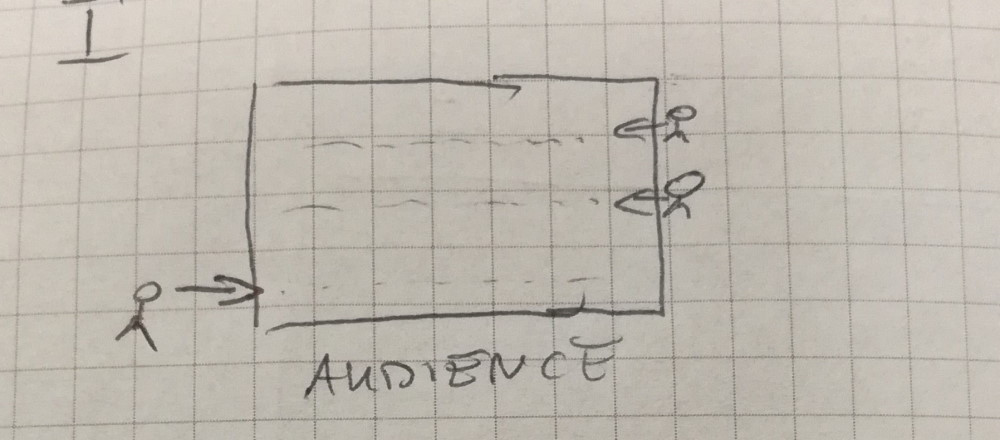
Figure 2 shows Scene II, where circular movements grow with more encounters between the pairs and slower interaction that could happen at the center of the stage. These movements suggested spot lighting from above, forming a larger circle
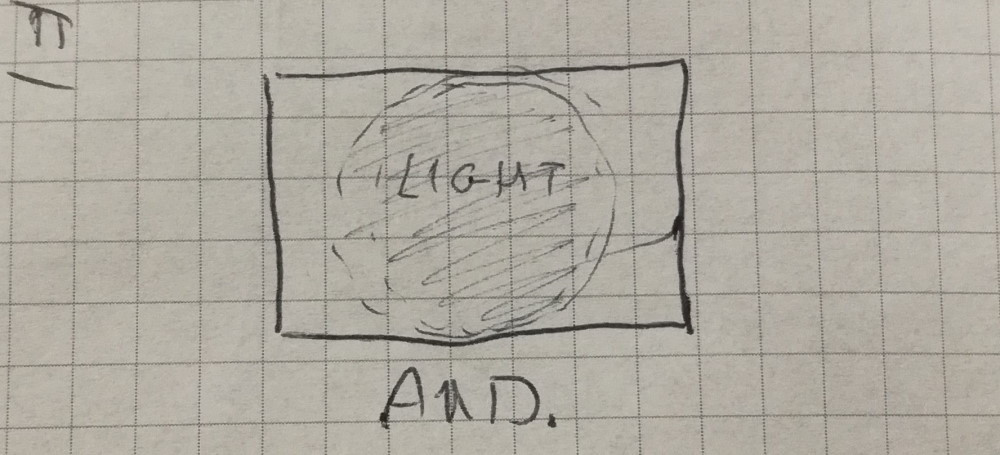
Figure 3 shows the Third lighting scene. This scene is more experimental in our structure as it relates to the kinetic energy that our embodied interactions generate. Our interactions in the third scene are represented through high energy leaps both in sound and movement where bodies come in and out of the vertical corridor of light projected from the back and front of the stage.
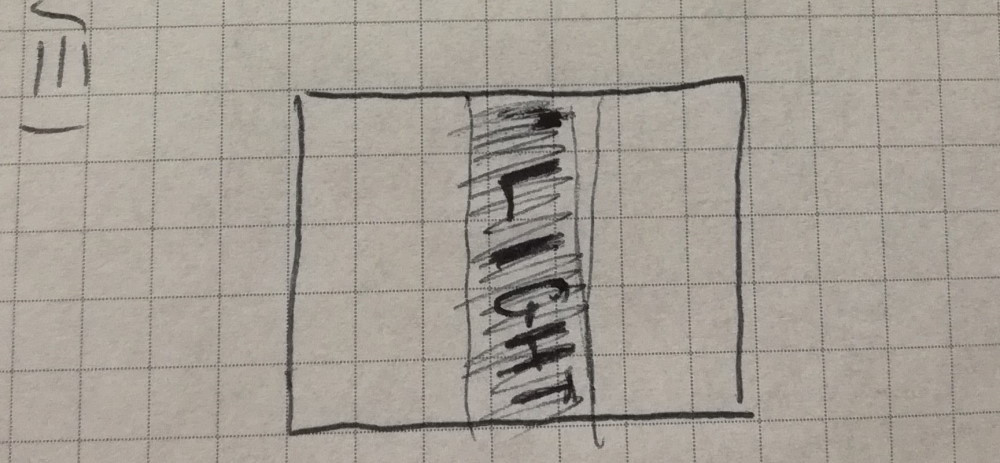
4. Conclusion
To answer our initial aims, Motion Studies helped confirm the retainability of embodied knowledge where we became carriers of this knowledge in relation to each other. Thus, we concluded, a score is not necessary in this work. It also became evident that even when repeating remembered moments of embodiment, new instances of embodiment through sound and movement can still occur.
Motion Studies is a process-based work that develops with each performance, and one with a flexible structure where “affects, percepts and concepts” (Deleuze 1995) can flow in and out of each other within a conceptual framework chosen regarding a new venue.
Video of the performance of Motion Studies at St Paul’s Hall, Huddersfield, on 1 May 2019. © Solomiya Moroz
